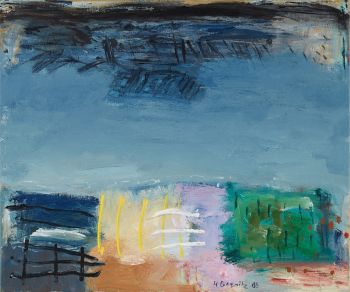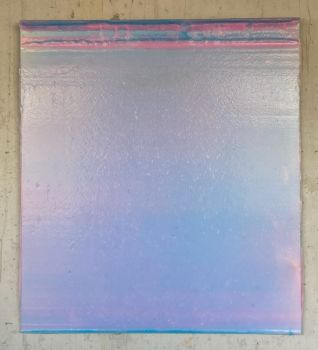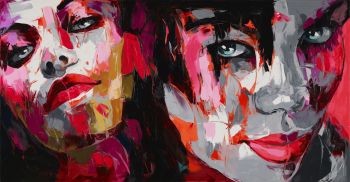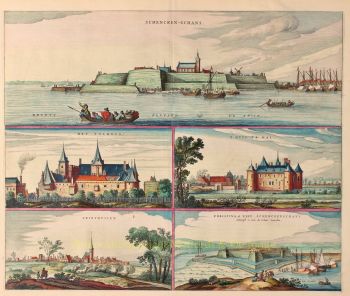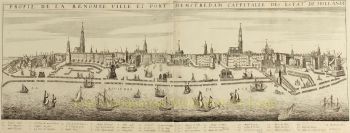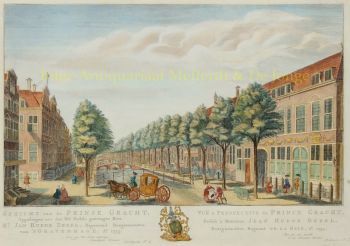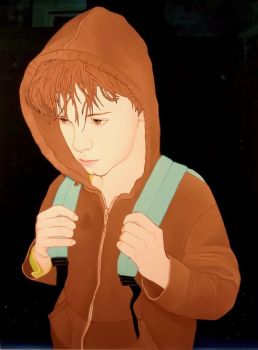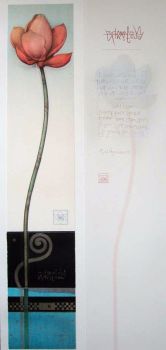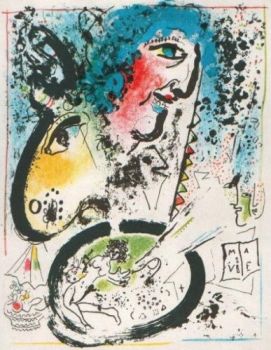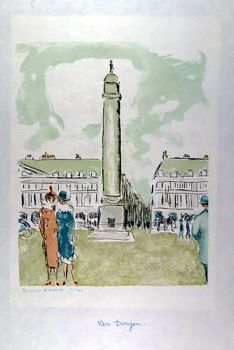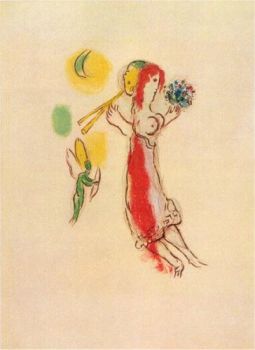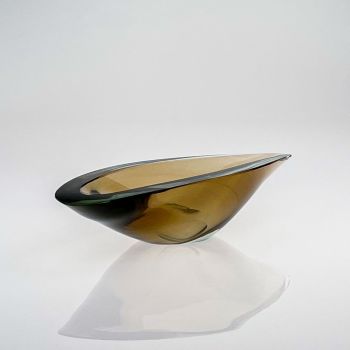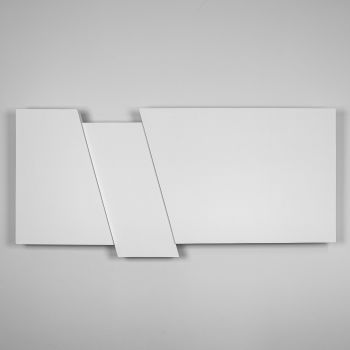"Bank Street", 1967 - Lithograph on Arches paper, professionally framed, museum-glass 1967
Maurice Estève
LithographyPrint
88 ⨯ 68 ⨯ 4 cm
ConditionVery good
€ 1.250
Van Kerkhoff Art
- About the artwork"Bank Street", 1967. Colour lithograph on Arches paper. Signed and numbered (76/125) by the artist in pencil. This print is part of an edition of 140 (125 + XV EA), published by Atelier Mourlot Ltd (New York) and printed by Mourlot in Paris.
Atelier Mourlot in New York, located at 115 bank Street in 1967 chose this work to be depicted on the exibition poster.
This work has been professionally framed in a black lacquered wooden frame with silver line facing and museum-glass to minimize reflections.
Signed
Signed and numbered by the artist in pencil.
Condition
good condition, full margins, professionally framed, museumglass.
Literature
Monique Prudhomme-Estève and Hans Moestrup - Maurice Estève: L'oeuvre Gravé - Catalogue Raisonné 1929-1986 no. 44
Dimensions
Frame
H. 88 cm
W. 68 cm
D. 4 cm
Sheet
H. 74 cm
W. 54.8 cm
Image
H. 65 cm
W. 45 cm
About Maurice Estève
Maurice Estève (1904 Culan - 2001 Culan) was a largely self-taught French painter.
Born in the small town Culan in the Val de Loire, he moved to Paris with his parents in 1913, where he began his education as an artist. He attended the free studio of the Académie Colarossi in 1924 and developed a style inspired by the French Cubist painters Georges Braque and Fernand Léger.
He held his first solo exibition in 1930 at the Galery Yvangot in Paris. In the 1940's Estève slowly evolved is style into complete abstraction with tight-knit interlocking shapes in rich, bold colors.
Maurice Estève took part in the Venice Biennale in 1954. His works have established themselves in many well-known museums and collections around the world, like MoMa, San Fransico Museum of Modern Art, Kimbell Art Museum and the Art Institute of Chicago. - About the artist
Maurice Estève (1904-2001) was a French painter known for his vibrant and colorful abstract compositions. Born on May 4, 1904, in Culan, France, Estève initially pursued a career in engineering before deciding to dedicate himself to art. In the early 1930s, he moved to Paris and began exploring different artistic styles, including Cubism and Fauvism.
Estève's unique artistic vision emerged during the 1940s when he developed his distinctive style characterized by bold brushwork, harmonious color combinations, and an emphasis on geometric forms. His works often depicted landscapes, still lifes, and figures, albeit in an abstracted manner. He sought to capture the essence and emotions of his subjects rather than rendering them realistically.
Throughout his career, Estève gained recognition for his mastery of color and composition. His paintings exuded a sense of joy and optimism, inviting viewers to immerse themselves in a world of vibrant hues and poetic abstraction. His use of vivid colors and simplified shapes created a sense of rhythm and balance, imbuing his works with a dynamic energy.
Estève's art became widely acclaimed, and he participated in numerous exhibitions in France and internationally. His works can be found in prominent museums and collections worldwide, including the Centre Pompidou in Paris and the Museum of Modern Art in New York.
Maurice Estève continued to paint and inspire others until his passing on June 28, 2001, in Paris. His legacy as a master of color and abstraction lives on, and his contributions to the art world continue to be celebrated and cherished by art enthusiasts and collectors alike.
Are you interested in buying this artwork?
Artwork details
Related artworks
- 1 - 4 / 24
- 1 - 4 / 24
- 1 - 4 / 24
Børge Mogensen
Teak wood “dropleaf” desk – Søborg Møbler, Denmark circa 19551950 - 1960
Price on requestVan Kerkhoff Art
1 - 4 / 12








